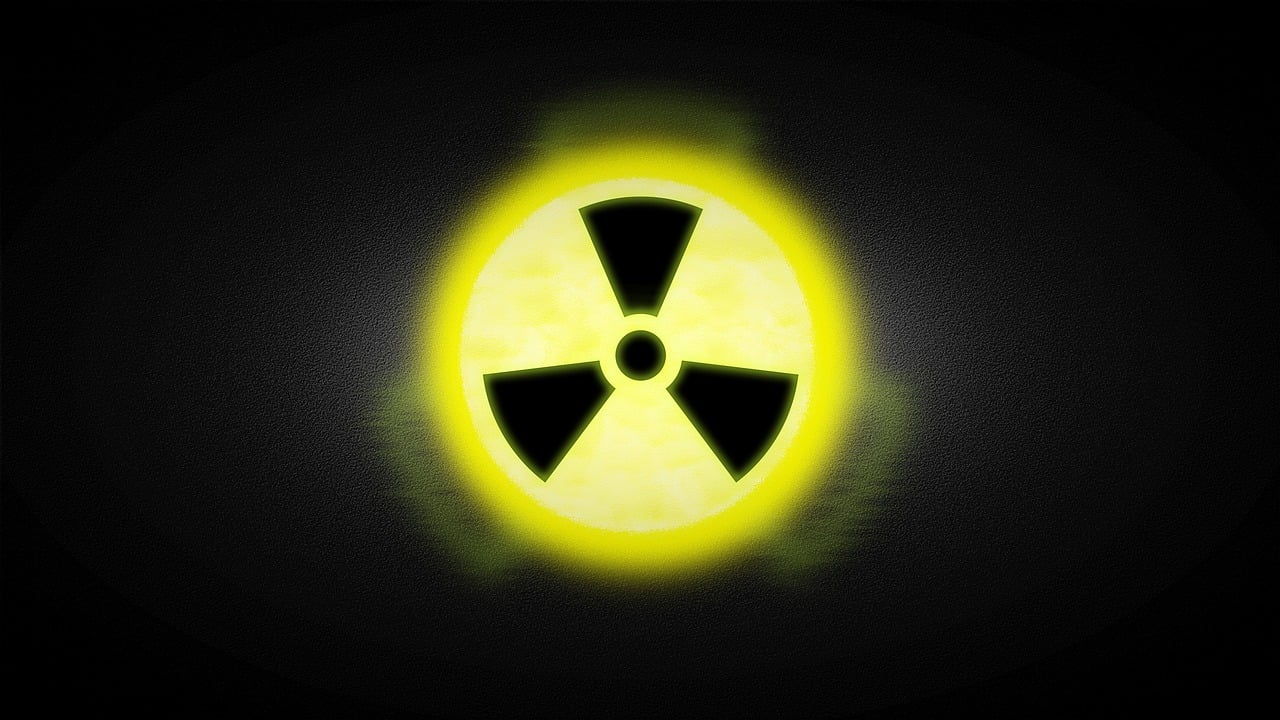Introduction:
In the ongoing battle against climate change, carbon capture has emerged as a pivotal technology with the potential to reshape our world’s energy landscape. By capturing and storing or utilizing carbon dioxide (CO2) emissions from industrial processes and power generation, carbon capture is heralding a new era of sustainability. In this article, we explore the essence of carbon capture, its significance, and its role in achieving a sustainable and carbon-neutral future.
Understanding Carbon Capture:
Carbon capture, often referred to as carbon capture and storage (CCS), is a multifaceted process designed to intercept CO2 emissions before they enter the Earth’s atmosphere. This technology operates on a straightforward principle: capture, transport, and storage/utilization.
1. Capture:
The process begins with the capture of CO2 emissions at their source. This may involve various technologies, such as chemical solvents, solid adsorbents, or membranes. These capture mechanisms work to isolate CO2 from the exhaust gases produced by industrial processes or energy generation.
2. Transport:
Once captured, CO2 must be transported from the source to its storage or utilization destination. This often requires pipelines or other modes of transport, depending on the distance between capture points and storage or utilization sites.
3. Storage/Utilization:
The captured CO2 is then securely stored in geological formations deep underground, including depleted oil and gas reservoirs, saline aquifers, or deep rock formations. Alternatively, it can be utilized in various applications, from enhanced oil recovery (EOR) to carbonating beverages and manufacturing chemicals.
Significance of Carbon Capture:
The significance of carbon capture lies in its potential to drastically reduce greenhouse gas emissions and mitigate climate change. Here are some key aspects highlighting its importance:
1. Emission Reduction: Carbon capture offers a practical solution to reduce CO2 emissions from industrial processes and fossil fuel combustion, which are major contributors to global warming.
2. Bridging to a Low-Carbon Future: While renewable energy sources are crucial for a sustainable future, carbon capture enables a smoother transition by allowing industries to continue using fossil fuels with reduced emissions.
3. Climate Change Mitigation: By capturing CO2 emissions and preventing them from entering the atmosphere, carbon capture directly addresses the root cause of climate change, helping to limit global temperature increases.
4. Industrial Sustainability: Many energy-intensive industries, such as cement and steel production, can significantly reduce their carbon footprint with carbon capture, ensuring their long-term sustainability.
5. Utilization Opportunities: The captured CO2 can be put to use in various applications, including EOR, carbon-neutral fuel production, and manufacturing processes, thus adding economic value to the technology.
Conclusion:
Carbon capture is not just a technological marvel; it is a lifeline for our planet. As we navigate the path to a more sustainable and carbon-neutral future, carbon capture stands as a beacon of hope. By capturing and storing or utilizing CO2 emissions, it enables us to significantly curb the impact of climate change while ensuring that industries can continue to function responsibly.
The development and deployment of carbon capture technologies are essential components of a comprehensive strategy to combat climate change. With concerted efforts from governments, industries, and research institutions, we can unlock the full potential of carbon capture and usher in an era where sustainability and environmental responsibility are at the forefront of our global agenda. Carbon capture is not just a solution; it’s a promise of a better, more sustainable world for generations to come.















